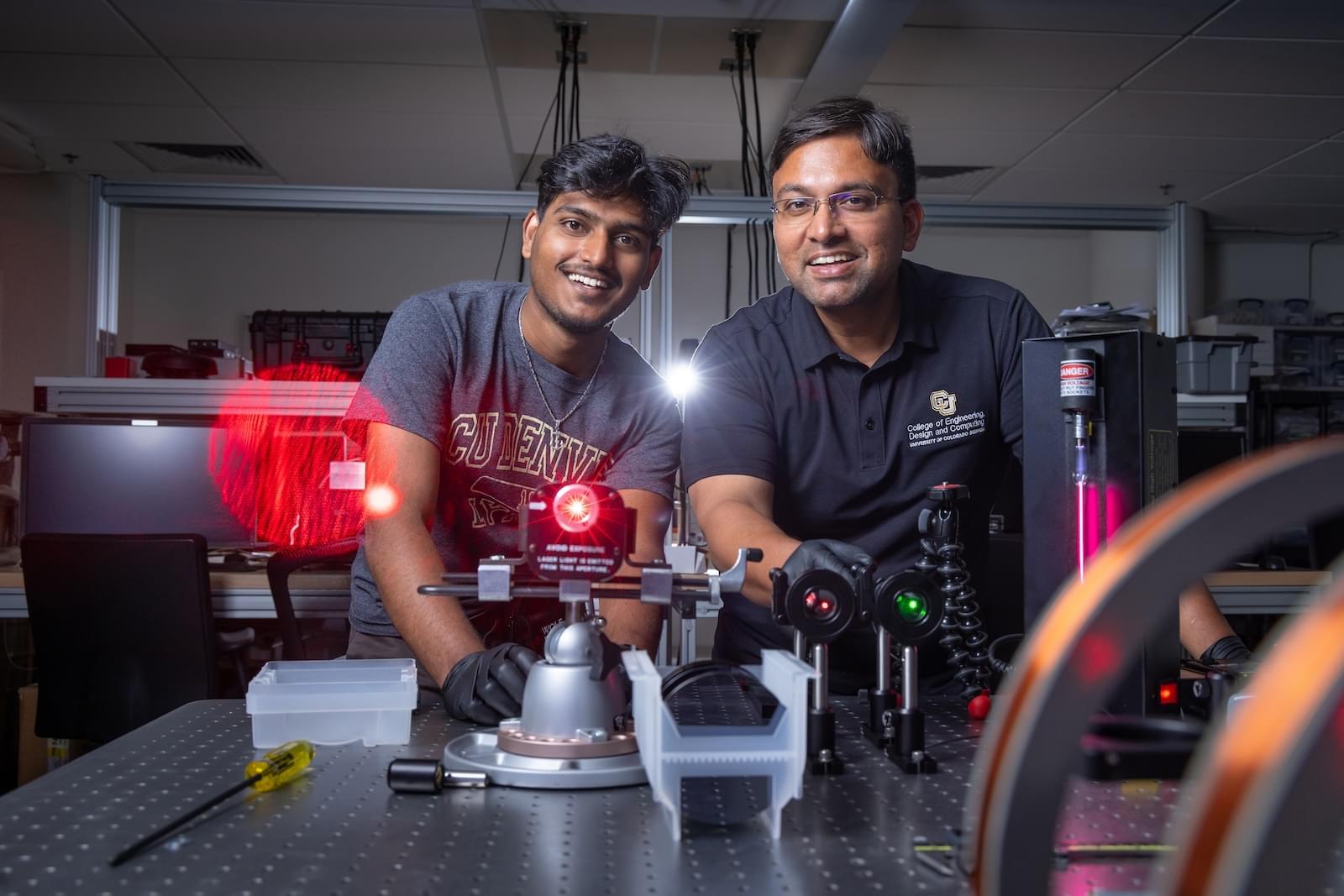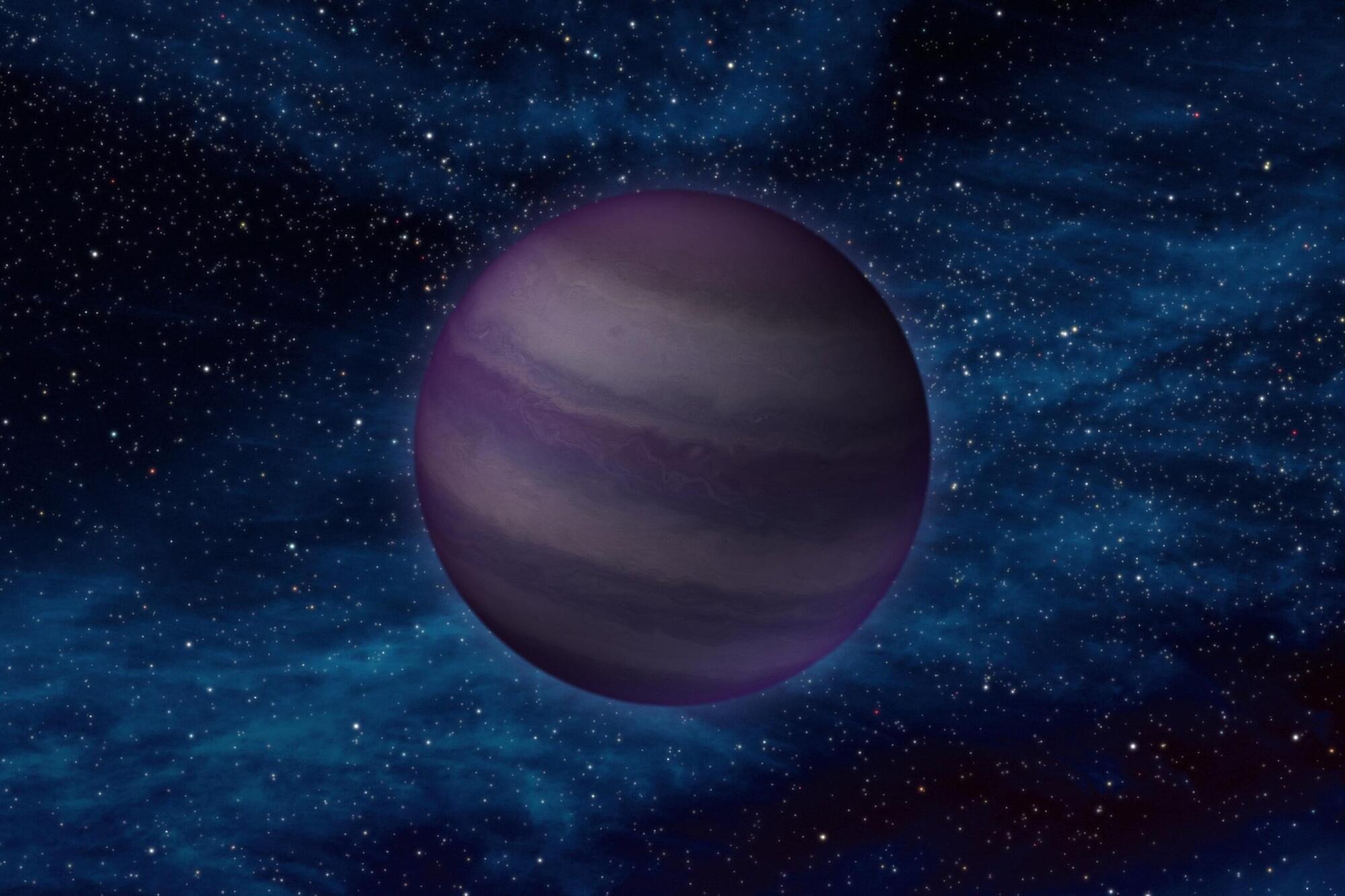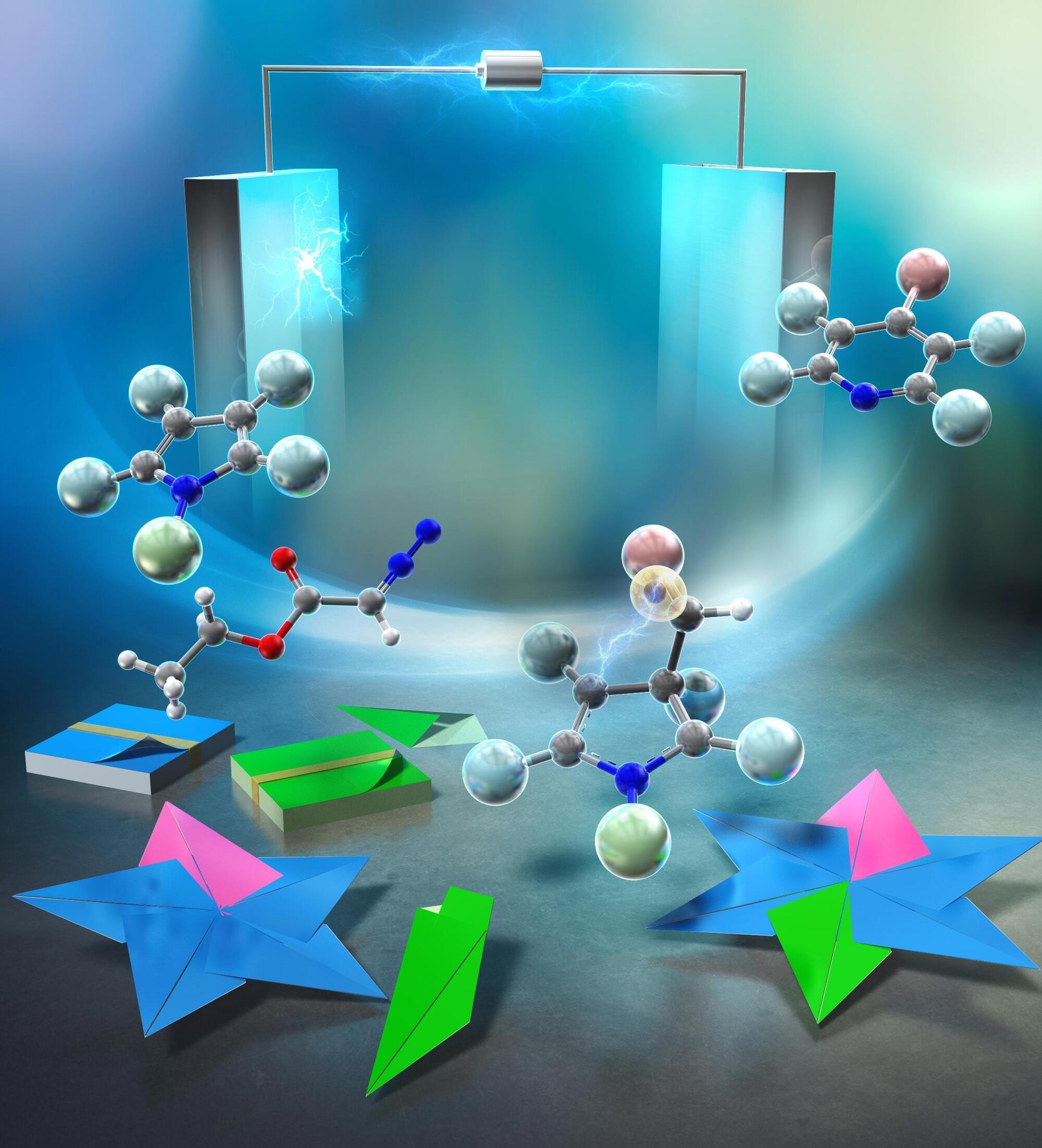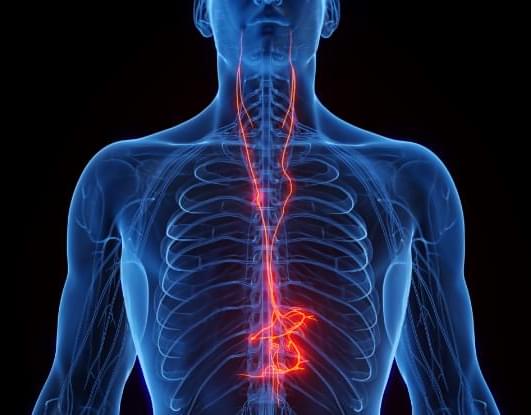Atomically-dispersed iron in woven carbon nanotube framework allows breakdown of pollutants




The Chinese military is building sophisticated biological weapons and small-scale electronic tools made with nanotechnology that could be used in covert warfare, a major study warns.
“China’s invisible arsenals encompass a range of advanced weaponry that are distinctly focused on providing the Chinese Communist Party with a range of asymmetric warfare options, including the delivery of biological, biochemical and neurobiological weapons on target populations,” according to a report by three open-source intelligence analysts.
The People’s Liberation Army, or PLA, is developing nanoweapons using highly sophisticated microscopic materials that enhance the effects of biological weapons, according to the report, titled “In the Shadows of Science: Unravelling China’s Invisible Arsenals of Nanoweapons.” It was made public earlier this month.
As the world population is ageing rapidly, with over two billion people projected to be above the age of 60 by 2050, age-related brain disorders are on the rise. Living longer but in poor health is not only a daunting prospect, it also places a substantial burden on healthcare systems worldwide. The idea of being able to counteract the functional decline of our brain through rejuvenating interventions sounds therefore promising. The question is how can we identify compounds that have the potential to efficiently rejuvenate brain cells and to protect the ageing population from neurodegeneration? Prof. Antonio Del Sol and his teams of computational biologists, based both at the LCSB from the University of Luxembourg and at the CIC bioGUNE in Bilbao, used their machine learning expertise to tackle the challenge.
The researchers developed what is called an “ageing clock”, a computational tool designed to measure the biological age of cells, as opposed to their chronological age. Indeed, the organs and tissues of people of the same age can evolve differently over time depending on genetic and environmental factors, leading to different biological ages. These clocks are therefore useful tools to assess ageing at the molecular level and can help in understanding its causes and consequences.
The clock designed by the LCSB and CIC bioGune researchers is specific to the brain and uses gene expression information from 365 genes to make predictions. Using a machine learning approach, it was trained on data from healthy individuals, aged from 20 to 97, and could accurately predict their age. Further tests showed that the clock is able to estimate the biological age of different cell types in the brain, especially neurons. Lastly, by looking at the predicted biological ages for healthy individuals and for patients with neurological conditions, the researchers observed that patients exhibited a higher biological age.
“Our results tell us that the biological age of the brain cells calculated by our clock reflects the decline in brain function experienced by the patients, especially between 60 and 70, and is even correlated with the degree of neurodegeneration,” explains Dr Guillem Santamaria, first author of the study. “It supports the view of neurodegeneration as a form of accelerated ageing but, more importantly, the positive association between neurodegeneration and biological age suggests that the rejuvenating interventions identified by the clock could serve as neuroprotective agents.”
The aim of the researchers was to use the clock to find genetic or chemical interventions that would significantly shift back the biological age of brain cells. They explored the effect of thousands of compounds on neural progenitor cells and neurons and identified 453 unique rejuvenating interventions.
Among the identified compounds that have the potential to reverse the biological age of the two types of brain cells, several are known to extend lifespan in animal models and some are already used to treat neurological disorders, but the vast majority has not yet been studied in the context of health-or lifespan extension. “On the one hand, the fact that our computational platform identified drugs that have a known effect on brain function supports the idea that using the predicted effect of a compound on the biological age is an efficient way to evaluate its neuroprotective potential,” details Prof. Antonio Del Sol, head of the Computational Biology groups at the LCSB and CIC BioGUNE. “On the other, the results also highlight that our clock can help us find many new candidates that haven’t been studied before for their rejuvenating properties. It opens up a lot of new avenues.”
As a proof of concept of their approach, the researchers then tested three of the predicted compounds in mice, in collaboration with the team of Prof. Rubén Nogueiras at the Centre for Research in Molecular Medicine and Chronic Diseases. The administration of these drugs significantly reduced anxiety and slightly increased spatial memory in older mice, addressing two well-known symptoms associated with ageing. An analysis of gene expression showed that the combination of these compounds also led to a shift toward a younger phenotype. Altogether, these results show that a selection of compounds predicted to rejuvenate the brain did produce rejuvenation at the molecular level in the cortex of aged mice and had an impact on behavioural and cognitive functions.
Globally, the study, recently published in the journal Advanced Science, highlights the computational ageing clock developed by the researchers as a valuable resource for identifying brain-rejuvenating interventions with therapeutic potential in neurodegenerative diseases. It provides a strong foundation for further research. “The hundreds of compounds predicted by our platform require validation across multiple biological systems to assess their efficacy and safety, offering extensive opportunities for future therapeutic development,” concludes Prof. Antonio Del Sol.


Sahai has found a way to create extreme electromagnetic fields never before possible in a laboratory. These electromagnetic fields—created when electrons in materials vibrate and bounce at incredibly high speeds—power everything from computer chips to super particle colliders that search for evidence of dark matter. Until now, creating fields strong enough for advanced experiments has required huge, expensive facilities.
For example, scientists chasing evidence of dark matter use machines like the Large Hadron Collider at CERN, the European Organization for Nuclear Research, in Switzerland. To accommodate the radiofrequency cavities and superconducting magnets needed for accelerating high energy beams, the collider is 16.7 miles long. Running experiments at that scale demands huge resources, is incredibly expensive, and can be highly volatile.
Sahai developed a silicon-based, chip-like material that can withstand high-energy particle beams, manage the energy flow, and allow scientists to access electromagnetic fields created by the oscillations, or vibrations, of the quantum electron gas—all in a space about the size of your thumb.
The rapid movement creates the electromagnetic fields. With Sahai’s technique, the material manages the heat flow generated by the oscillation and keeps the sample intact and stable. This gives scientists a way to see activity like never before and opens the possibility of shrinking miles-long colliders into a chip.
A University of Colorado Denver engineer is on the cusp of giving scientists a new tool that can help them turn sci-fi into reality.
Imagine a safe gamma ray laser that could eradicate cancer cells without damaging healthy tissue. Or a tool that could help determine if Stephen Hawking’s multiverse theory is real by revealing the fabric underlying the universe.

Using the James Webb Space Telescope (JWST), the Hubble Space Telescope (HST) and the Gemini Observatory, European astronomers have observed a nearby cold brown dwarf known as WISE 1738. Results of the observational campaign, published July 16 on the arXiv preprint server, deliver important insights into the physical properties and atmospheric chemistry of this object.

A University of Colorado Denver engineer is on the cusp of giving scientists a new tool that can help them turn sci-fi into reality.
Imagine a safe gamma ray laser that could eradicate cancer cells without damaging healthy tissue. Or a tool that could help determine if Stephen Hawking’s multiverse theory is real by revealing the fabric underlying the universe.
Assistant Professor of Electrical Engineering Aakash Sahai, Ph.D., has developed a quantum breakthrough that could help those sci-fi ideas develop and has sent a ripple of excitement through the quantum community because of its potential to revolutionize our understanding of physics, chemistry, and medicine.

A team of scientists has developed an electrochemical technique that enables precise, para-position single-carbon insertion into polysubstituted pyrroles. This advancement holds significant promise for synthetic organic chemistry, particularly in the development of pharmaceutical compounds.
Their work was recently published in the Journal of the American Chemical Society.
“We set out to address the longstanding challenge of achieving single-carbon insertion into aromatic rings with precise positional control,” said Mahito Atobe, Professor, Faculty of Engineering, Yokohama National University.

According to new research, communication between the gut and the brain is sophisticated enough to be classed as a new and distinct sense – one capable of affecting our appetite and even our mood.
This two-way link has previously been associated with a variety of health issues, though the physical processes at work have never been clearly identified.
Building on what we already know about our digestive and neurological systems, a team from Duke University in the US traced a series of biochemical actions from the digestive tracts of mice to their brains.